The Automotive Electronic Water Pump has become an increasingly significant component in modern vehicle cooling systems. Its design and functionality directly influence engine temperature management, fuel efficiency, and emissions control. As automotive technologies advance, new trends are shaping the development of Automotive Electronic Water Pumps, improving their performance and integration within vehicle systems, particularly in conjunction with the Automobile Heating Control Valve.
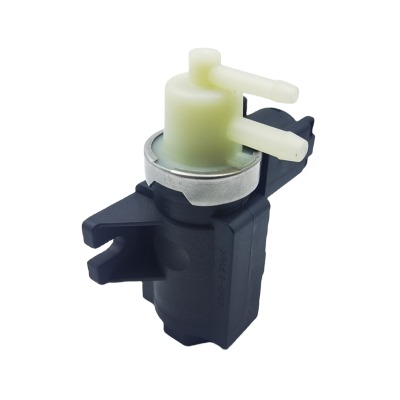
One prominent trend in Automotive Electronic Water Pump design is the shift towards variable speed operation. Unlike traditional mechanical pumps driven by engine belts at a constant speed, electronic pumps can adjust flow rates dynamically. This allows for precise coolant circulation tailored to engine load and temperature demands. The variable speed feature reduces unnecessary coolant flow, lowering energy consumption and enhancing engine efficiency. These benefits are further amplified when the pump operates in sync with the Automobile Heating Control Valve, ensuring accurate thermal regulation for both engine and passenger cabin.
Compactness and modularity are also key focuses in pump design. As vehicle engine compartments become more crowded, the demand for space-saving components grows. Modern Automotive Electronic Water Pumps are designed to be smaller and lighter, facilitating easier installation and integration. Modular designs allow manufacturers to customize pump configurations for different vehicle models without extensive redesign. The compact integration of the Automobile Heating Control Valve within the thermal system further streamlines the space and enhances system responsiveness.
The integration of sensors and smart controls in Automotive Electronic Water Pumps is another evolving trend. These pumps can communicate with the vehicle’s central control unit to optimize coolant flow based on real-time data such as engine temperature, speed, and external weather conditions. This integration improves the responsiveness of the cooling system and supports the function of the Automobile Heating Control Valve in maintaining cabin temperature.
Materials used in pump construction are also undergoing innovation. To withstand the harsh conditions of engine environments, manufacturers select corrosion-resistant alloys and employ advanced sealing techniques. These materials contribute to pump longevity and reliability, which are critical for consistent engine cooling and heating performance.
Another trend is the adoption of integrated cooling systems where the Automotive Electronic Water Pump works seamlessly with the Automobile Heating Control Valve and other thermal management components. This holistic approach enhances heat distribution within the vehicle, improving both engine and passenger comfort. Coordinated control between these components reduces temperature fluctuations and supports emission control systems.
Manufacturers are also exploring additive manufacturing (3D printing) techniques for producing complex pump parts. This technology enables the creation of intricate geometries that improve coolant flow dynamics and reduce weight. It also allows for rapid prototyping and customization, accelerating the development cycle for new pump models.
The current trends in Automotive Electronic Water Pump design focus on variable speed control, compactness, smart integration, durable materials, and energy efficiency. These developments contribute to more effective vehicle cooling systems that meet modern requirements for fuel economy and emissions. The collaboration between the pump and the Automobile Heating Control Valve is vital in providing reliable engine temperature regulation and cabin heating.
As vehicle designs continue to evolve with electrification and hybrid technologies, the role of the Automotive Electronic Water Pump and related components will become even more critical. Ongoing innovation in design and materials will support the demands of future automotive thermal management systems.

 English
English русский
русский Español
Español
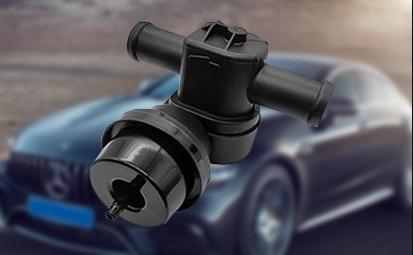
 View More >>
View More >>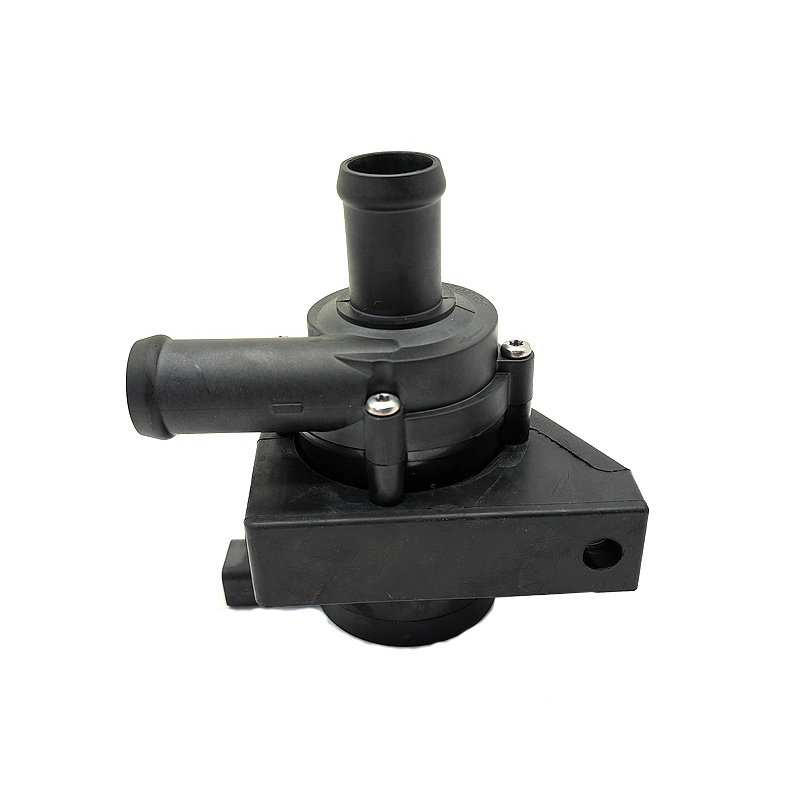 View More >>
View More >>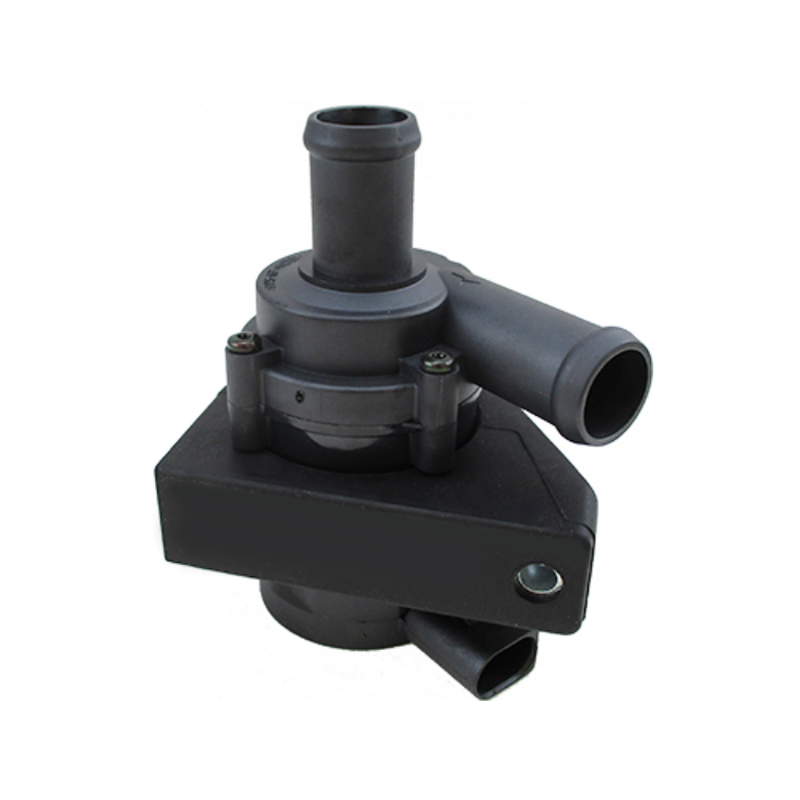 View More >>
View More >>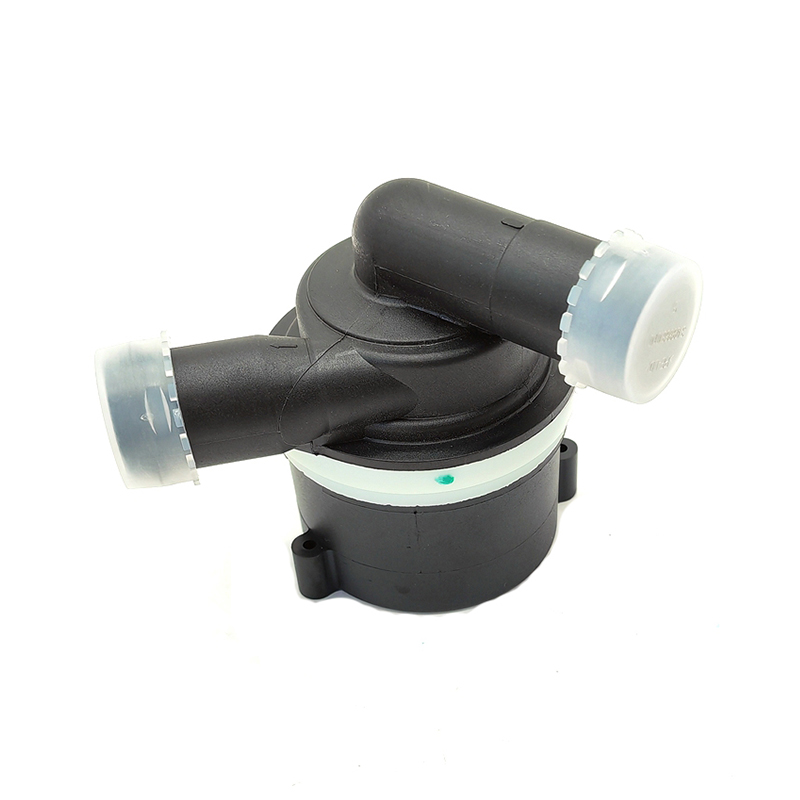 View More >>
View More >>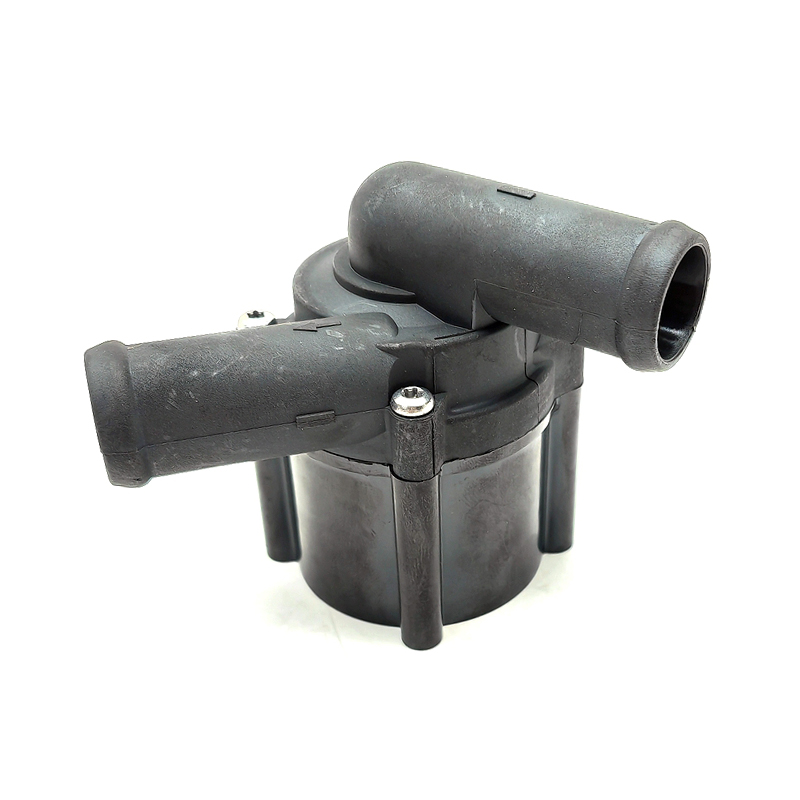 View More >>
View More >>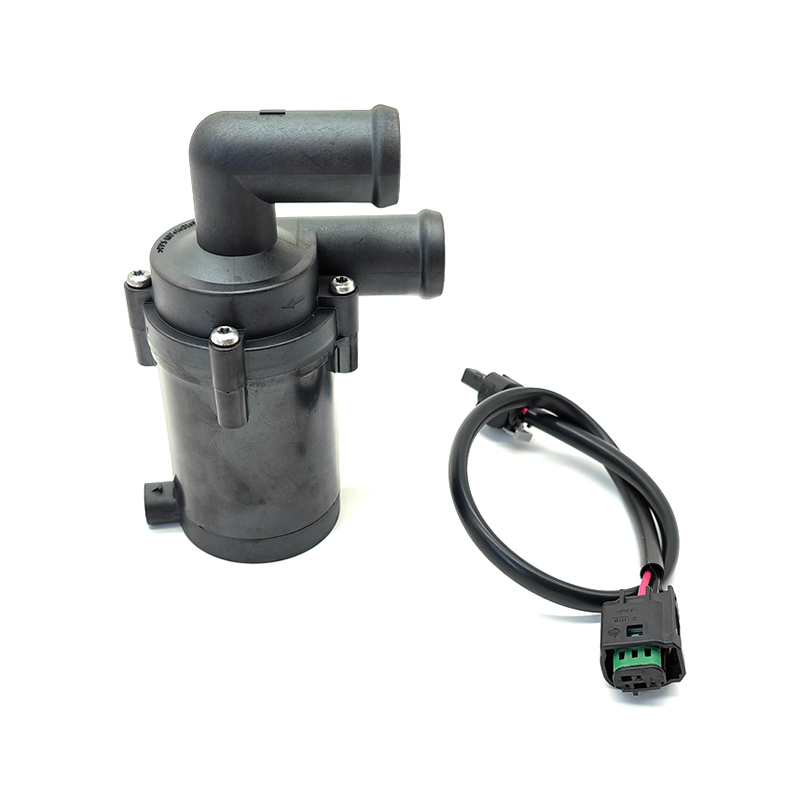 View More >>
View More >>